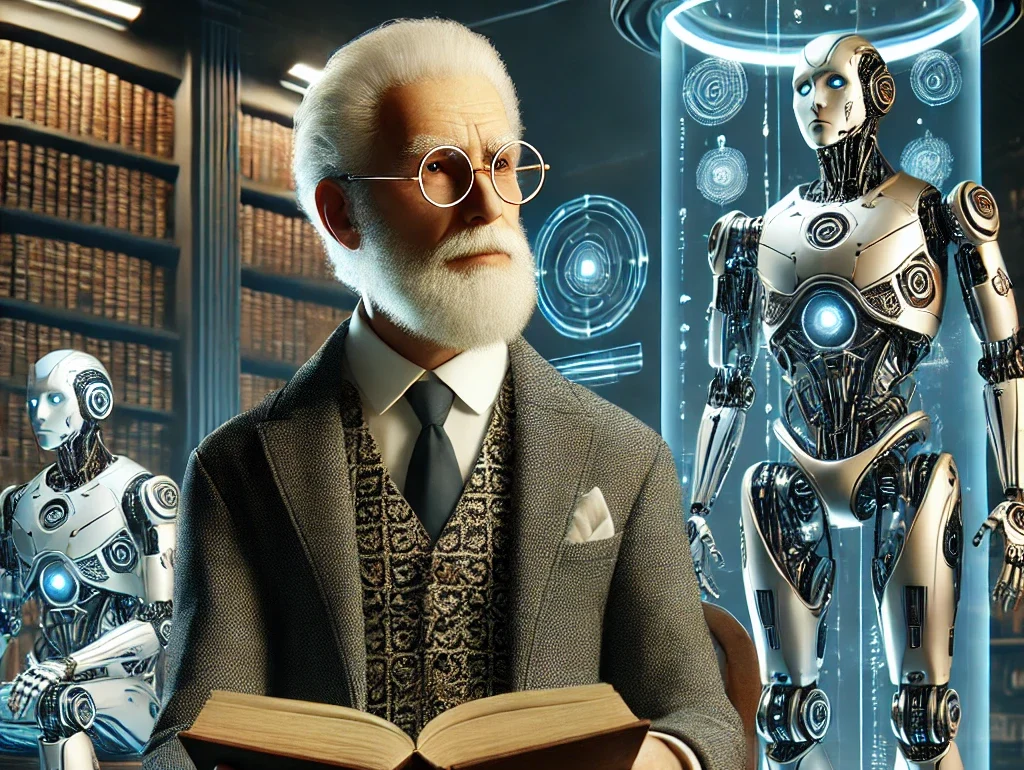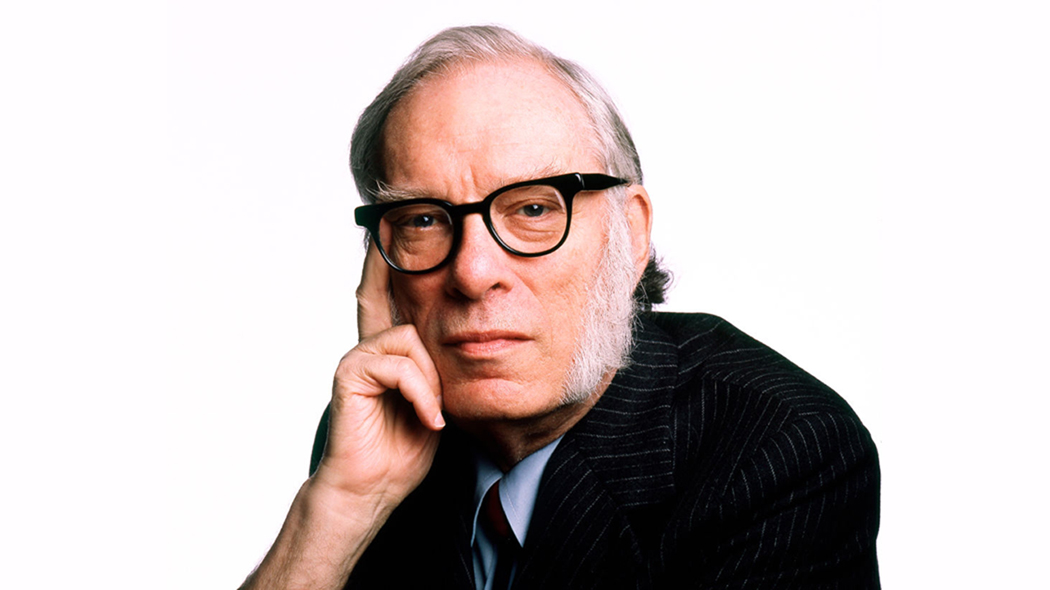
Filosofia
Transhumanism: A Very Brief Non-Historical Introduction
- Transhumanism as the Overcoming of Human Limits
At the core of the transhumanist perspective lies a question as ancient as philosophy itself: is it possible to overcome the limits of the human condition?
This question, upon closer inspection, is neither merely technical nor solely scientific—it is profoundly existential, and as such, concerns all of us, without exception. It addresses key aspects that define the very nature of human existence, notably death, finitude, knowledge, and the desire to transcend biological limitations.
- What Is Transhumanism?
The term transhumanism refers to a contemporary intellectual movement that advocates the use of emerging technologies—such as genetic, information, cognitive, and nanotechnologies—with the explicit aim of enhancing the human being and overcoming current human limitations, particularly biological and cognitive ones.
According to one interpretation, it may be considered an evolution of humanist thought which, without repudiating the human, envisions it “beyond” itself, reasonably moving toward a posthuman stage. The classic definition provided by Max More, in fact, describes transhumanism as “a class of philosophies of life that seek the continuation and acceleration of the evolution of intelligent life beyond its currently human form and human limitations by means of science and technology, guided by life-promoting principles and values.”¹
Theoretically—without any claim to exhaustiveness—transhumanism appears to rest on several key assumptions:
- The conviction that the human condition is improvable;
- Faith in scientific progress as a tool of emancipation;
- The belief that death may be technically surmountable;
- The project of creating intelligences superior to the human mind, as described by Ray Kurzweil in his theory of the Technological Singularity.²
From this perspective, transhumanism suggests that science can be used to enhance human beings by overcoming certain biological and mental limitations, thus enabling a transition toward a radically new condition.
Certainly, the symbolic meaning of this proposed transition is both clear and evocative, though questions remain regarding its actual technical feasibility—at least for now.
- The Core Concepts of Transhumanism
Several fundamental concepts assume particular relevance and can be briefly outlined as follows:
- Cognitive Enhancement: the potential to improve mental capacities through the use of pharmaceuticals, neurotechnologies, and brain-computer interfaces;
- Mind Uploading: the hypothetical transfer of consciousness to digital media, with the aim of detaching personal identity from its biological substrate;³
- Life Extension and Digital Immortality: the belief in the possibility of significantly prolonging life through medical, genetic, or computational technologies;⁴
- Superintelligence: the potential development of artificial entities possessing cognitive capabilities superior to those of humans in every domain.⁵
These elements contribute to framing the transhumanist movement as driven by a radical idea of evolution—an evolution that seeks to lead present-day humanity toward a future version of itself, one intrinsically tied to technological advancement and suggestive of a redefinition, or even a transcendence, of the very concept of the “human.”
- Evolutionism as the Basis of Transhumanism
Perhaps the most central element within the mosaic of ideas constituting transhumanist identity is the notion that the human being should be understood as part of a continuum of biological and technological evolutions.
However, it must be emphasized that transhumanism is by no means a monolithic doctrine. There exist undoubtedly optimistic and techno-enthusiastic versions—as in the cases of Kurzweil² and More¹—but also critical perspectives warning against its dangers, as exemplified by Fukuyama⁶ and Habermas.⁷
The current popularity of this array of positions and thinkers is arguably due to the rapid development of artificial intelligence. The coming decade is expected to bring countless innovations that will radically reshape our lives. In this context, for instance, Kurzweil prophesies the emergence of a new superintelligence with which we will need to interact in terms of a distinct individuality, and which will serve as the catalyst for the transition from the human to the posthuman.²
Nevertheless, not all transhumanists share the same vision. Authors such as Kurzweil² and Bostrom⁵ view the emergence of superintelligence as an opportunity, while more critical thinkers such as Habermas⁷ and Fukuyama⁶ fear that it may lead to a loss of human identity.
On the other hand, if transhumanists seek to evolve the human being, the crucial question becomes whether the outcome will still center the human—or whether it will lead to a condition that radically contradicts the human essence. This is no trivial dispute.
- Transhumanism: Evolution or Dream?
In light of these very brief introductory notes on transhumanism, the criticisms raised by Giovanni Lo Sapio⁸ appear especially significant. He identifies two parallel limitations in transhumanism:
(a) on the one hand, its tendency to manifest as a technovision devoid of any real connection to scientific evolutionary theory;
(b) on the other, its inclination to realize itself in the form of a renewed Platonism.
While only time will reveal where the truth lies, it is nonetheless certain that humanity now finds itself—perhaps more than ever before—on the brink of an epochal turning point.
Will humanity survive?
References
- More, Max. The Philosophy of Transhumanism. In The Transhumanist Reader, eds. Max More and Natasha Vita-More, Wiley-Blackwell, 2013.
- Kurzweil, Ray. The Singularity Is Near: When Humans Transcend Biology. Viking, 2005.
- Koene, Randal A. “Embracing Competitive Balance: The Case for Substrate-Independent Minds.” International Journal of Machine Consciousness, 2012.
- de Grey, Aubrey. Ending Aging: The Rejuvenation Breakthroughs That Could Reverse Human Aging in Our Lifetime. Martin’s Press, 2007.
- Bostrom, Nick. “How Long Before Superintelligence?” Linguistic and Philosophical Investigations 5(1), 2006.
- Fukuyama, Francis. Our Posthuman Future: Consequences of the Biotechnology Revolution. Farrar, Straus and Giroux, 2002.
- Habermas, Jürgen. The Future of Human Nature. Polity Press, 2003.
- Lo Sapio, Giovanni. Il postumano contemporaneo. Dalla filosofia alla fantascienza. Mimesis, 2012.
(written with AI support)




Devi fare login per commentare
Accedi